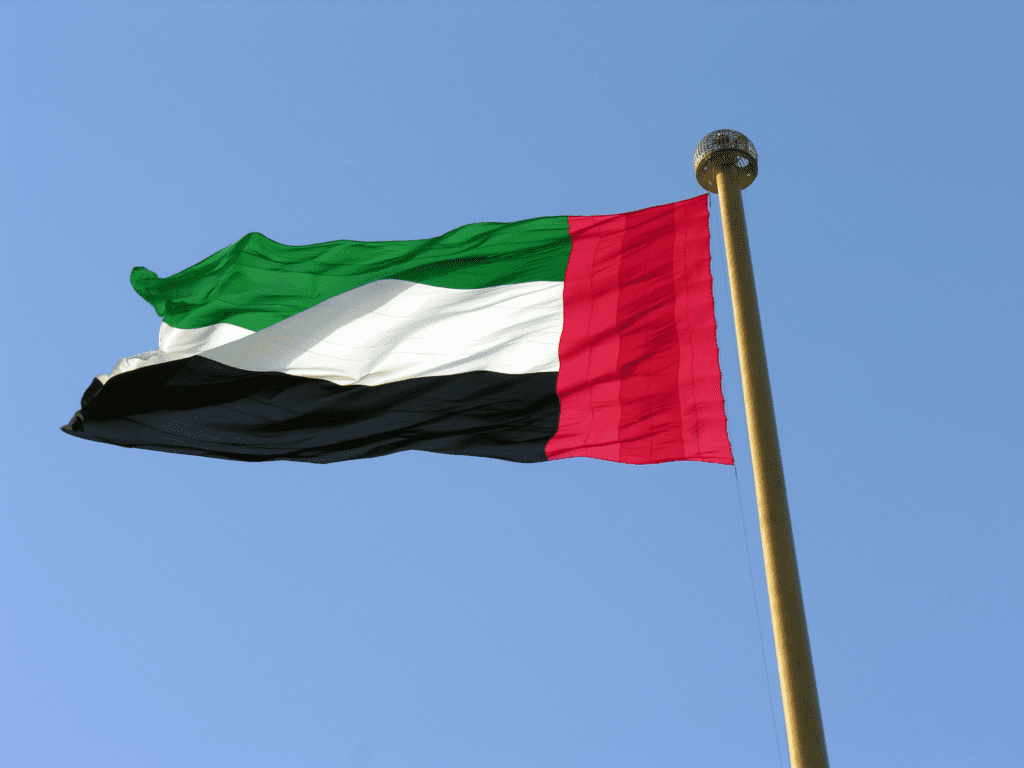Key Points:
- The CBUAE Central Bank Digital Currency (CBDC) plan was introduced by the Central Bank of UAE as one of the nine initiatives of the. CBUAE’s FIT Programme.
- CBDC will solve the difficulties of domestic and cross-border payments, improve financial inclusion, and progress towards a cashless society as part of the UAE’s digital transformation.
- The first phase of this plan will take place over the next 12 to 15 months.
The UAE Central Bank has begun executing its Digital Dirham digital currency plan as it prepares the country’s financial infrastructure for the future.

Following the announcement of its intentions in February, the United Arab Emirates (UAE) central bank has recently begun a new strategy to supply the infrastructure and technology for the creation of its central bank digital currency (CBDC).
According to a press release issued by the central bank on March 23, the deployment of a digital version of the Dirham is one of the nine important objectives in the country’s Financial Infrastructure Transformation (FIT) Program.
The regulator said in a statement on Thursday that it has inked a deal with Abu Dhabi’s G42 Cloud and digital financial services provider R3 to be the infrastructure and technology suppliers for the implementation of the CBDC.
A CBDC is a digital currency issued by the government. They are comparable to cryptocurrencies in that their value is determined by the monetary authority and is equivalent to the value of the country’s fiat currency.
The first phase of this strategy will take place over the next 12 to 15 months and will include three major pillars: the soft launch of mBridge for real-value cross-border CBDC transactions in international trade settlements; proof-of-concept (PoC) for CBDC bridges with India; and PoC for domestic CBDCs in wholesale and retail.

The Governor of the CBUAE, Khaled Mohamed Balama, commented on the current development:
“CBDC is one of the initiatives as part of the CBUAE’s FIT program, which will further position and solidify the UAE as a leading global financial hub.”
Digital Dirham intends to solve the “pain points” of domestic and cross-border payments, improve financial inclusion and the transition to a cashless society, and boost the UAE’s payment infrastructure by adding new channels, according to the announcement.
The UAE’s central bank announced its FIT program in February, and in mid-March, it signed a Memorandum of Understanding (MoU) with the Reserve Bank of India (RBI), stating that the central banks would conduct a Proof of Concept (PoC) and pilots of a bilateral CBDC bridge to facilitate cross-border CBDC remittances and trade.
According to the US-based think tank Atlantic Council, 65 nations are in advanced phases of CBDC development as of March 1, with more than 20 central banks already launching experimental programs.
DISCLAIMER: The Information on this website is provided as general market commentary and does not constitute investment advice. We encourage you to do your own research before investing.
Join us to keep track of news: https://linktr.ee/coincu
Harold
Coincu News






















